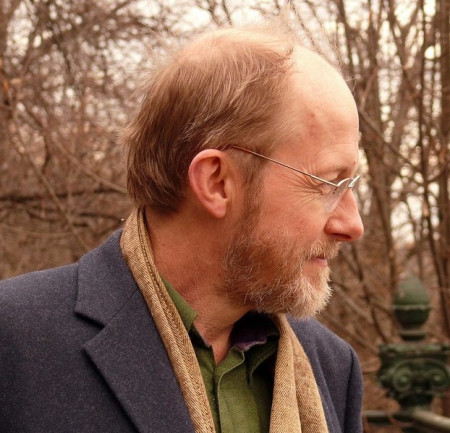
Prof Nigel Harris
Emeritus Professor
Biography
Nigel Harris is Emeritus Professor at the Open University, appointed from 1st Jan 2019; previously he held the position of Professor of Tectonics at the Open University. His valedictory address was presented in January 2019.
My doctoral research focussed on the origin of granites in the Pyrenees (University of Cambridge). Following post-doctoral studies in the field of Archean tectonics and zircon geochronology at the University of Toronto and the Carnegie Geophysical Laboratory (Washington D.C.) I developed my taste for fieldwork as a survey geologist on the Arabian-Nubian Shield (Saudi Arabia) and for mineral exploration on the Semail ophiolite (UAE). Returning to the U.K. I worked as a lecturer for the University of London and then the Open University where my research focussed on crustal growth in the Arabian-Nubian shield and on the evolution of the lower crust (origin of charnockites) in South India. Since 1985 I have been working primarily in Tibet and the Himalaya, linking tectonics, metamorphism and magmatism to improve our understanding of the evolution of both crust and lithospheric mantle during continental collision.
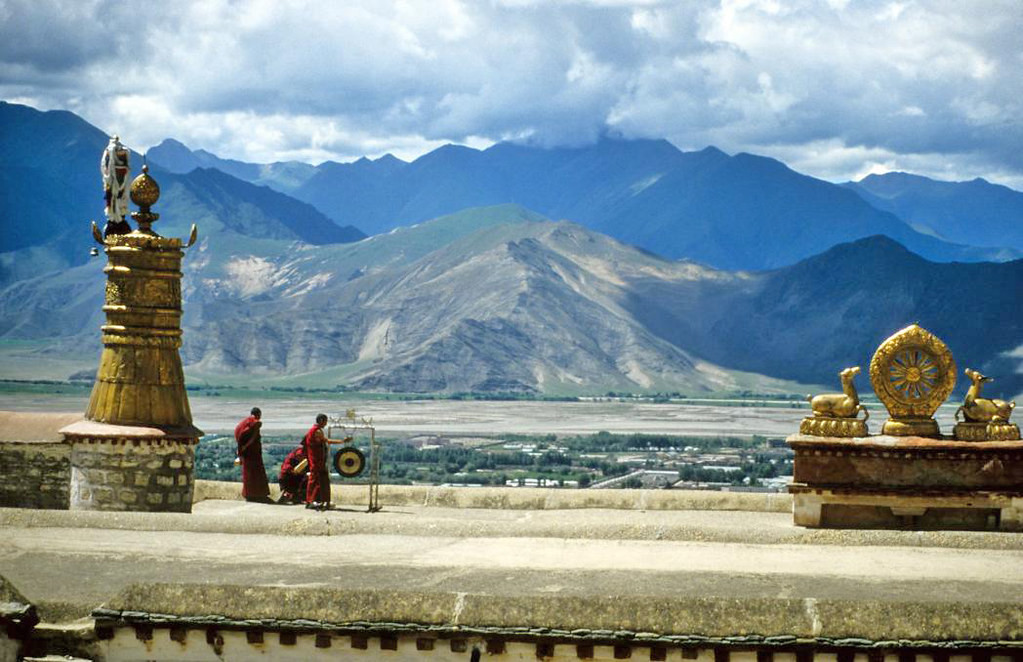
Recently, my research has been concerned with the consequences of mountain building resulting in: (i) extending the use of isotopic proxies for silicate weathering; (ii) testing climate-topography linkages in southern Asia by quantifying the elevation history of the Tibetan Plateau and by exploring its impact on monsoon intensity. Other projects include intra-plate magmatism in Mongolia, post-collisional magmatism in the Caucasus (Georgia) and assessing variations in monsoon intensity on millenia timescales through speleothem studies in NE India. This research has provided projects and logistical support for many PhD studentships and forms an integral part of the outputs of the Dynamic Earth Research Group at the Open University. Images relating to field research are presented here.
Research interests
The scope of my scientific interests covers the following topics:
- Isotope geochemistry of high-grade metamorphic and granitic systems.
- Causes and mechanisms of melt production in tectonically thickened crust.
- Mountain building and seismic risk at the southern margins of the Eurasian plate.
- Chemical proxies for global weathering fluxes and their impact on CO2 reservoirs.
- Linkage between orography and climate.
- Post-collision and intra-plate magmatism and tectonics.
A complete publications list is available from my ORCID record. Most of these are available through ResearchGate.
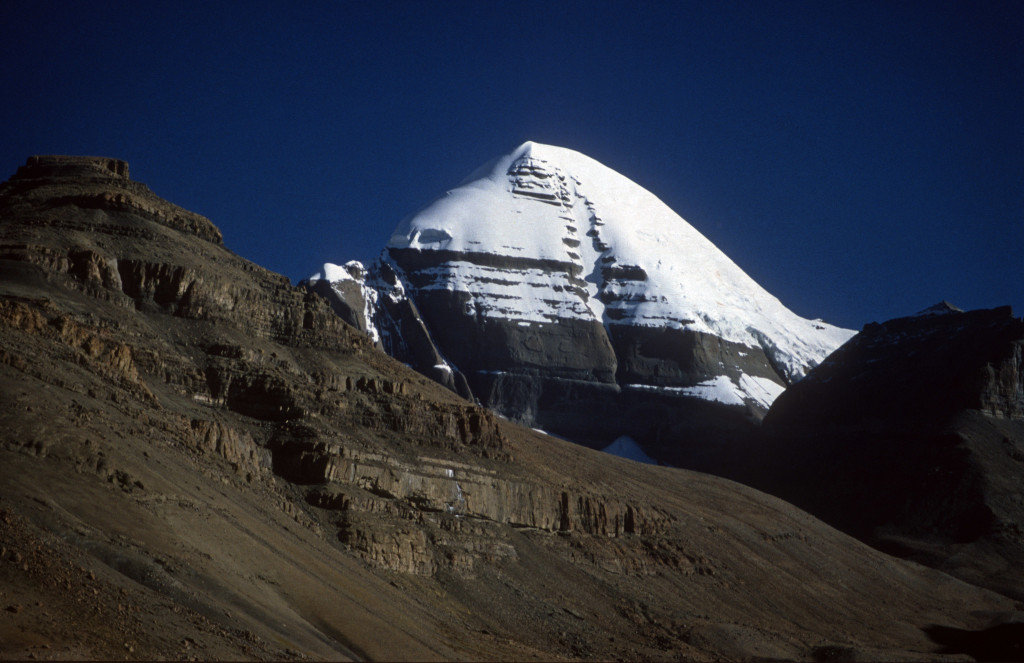
PhD projects:
I have supervised over 30 PhD students, all to a successful conclusion.
PhD studentships I have recently co-supervised:
- The formation and age of leucogranite melt in the Garhwal Himalaya (Charlie Oldman, NERC funded - awarded 2023).
- Enrichment of critical metals in pegmatites: the role of crustal melting and fractionation (Tim Webster, NERC funded - awarded 2025).
Recent research projects:
- Testing models for mountain building in the northeastern Himalaya (Royal Society funded).
- Assessing speleothems from NE India as proxies for monsoon evolution (NERC funded).
- The role of collisional volcanism in the evolution of the Greater Caucasus (NERC funded).
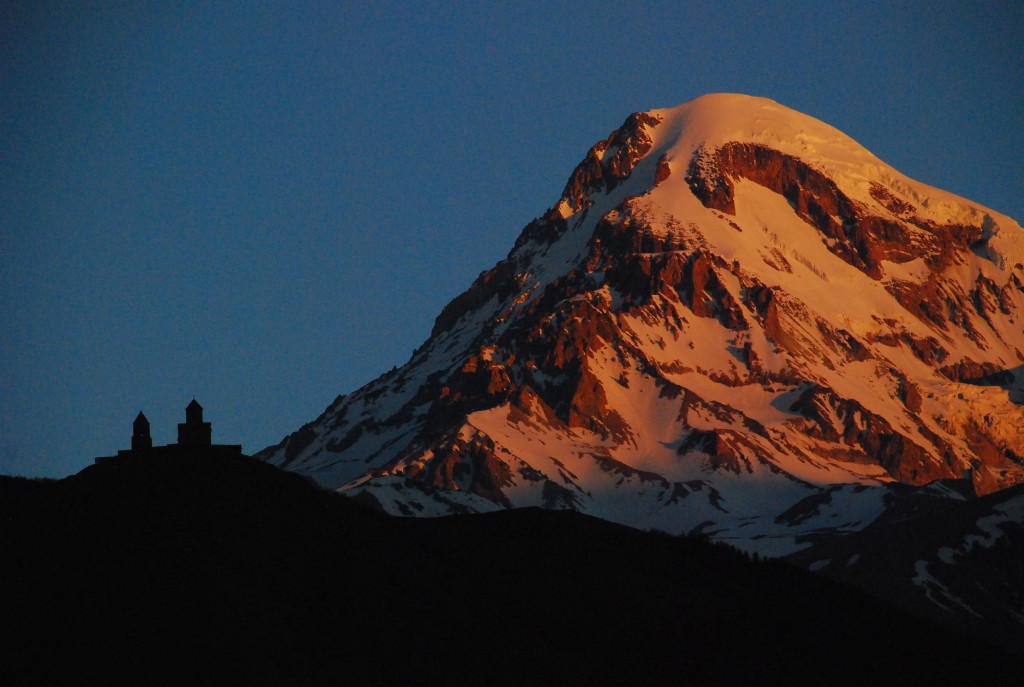
Teaching interests
Teaching activities are underpinned by synergy with my research activities, covering the broad fields of igneous and metamorphic petrology, Earth systems science and tectonics. I have been particularly active in the provision of field training to Open University students, both as part of the undergraduate curriculum and as extra-curricular activites as exemplified by OUGS Himalayan field trips to Nepal, Bhutan, Sikkim and Ladakh.
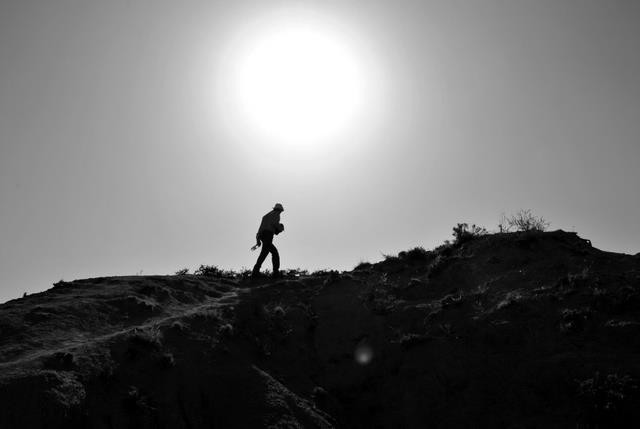
Current teaching appointments:
Earth Processes (S309); module team member and author of Mountains, six weeks tuition on the causes and consequences of mountain building delivered using online fast-track production methods via edX and, more recently, using moodle.
Previous responsibilities:
External Examiner for the Department of Earth Sciences (Part 3, Part 2), University of Cambridge, and previously for universities of Edinburgh and Leicester.
Earth Systems Science (MSc, S808). Exam Board Chair and author of Block 3 (Mountain Building and Climate Change).
Academic lead on residential schools for geoscience fieldwork in FSCs at Blencathra (Cumbria) and Kindrogan (Perthshire).
Author of previous OU modules: Understanding the Continents (S339); Earth Science (S209); Practical Science - Igneous and metamorphic rocks in the field (SXG288); Ancient mountains - Practical geology in Scotland (SXR339); Geology - Magma and Mountains (S276); Our Dynamic Planet (S279); Geology (S260); Earth and Life (S269); How the Earth Works (S267); Directed Studies in Earth Sciences (S431); Science Foundation Course (S102).
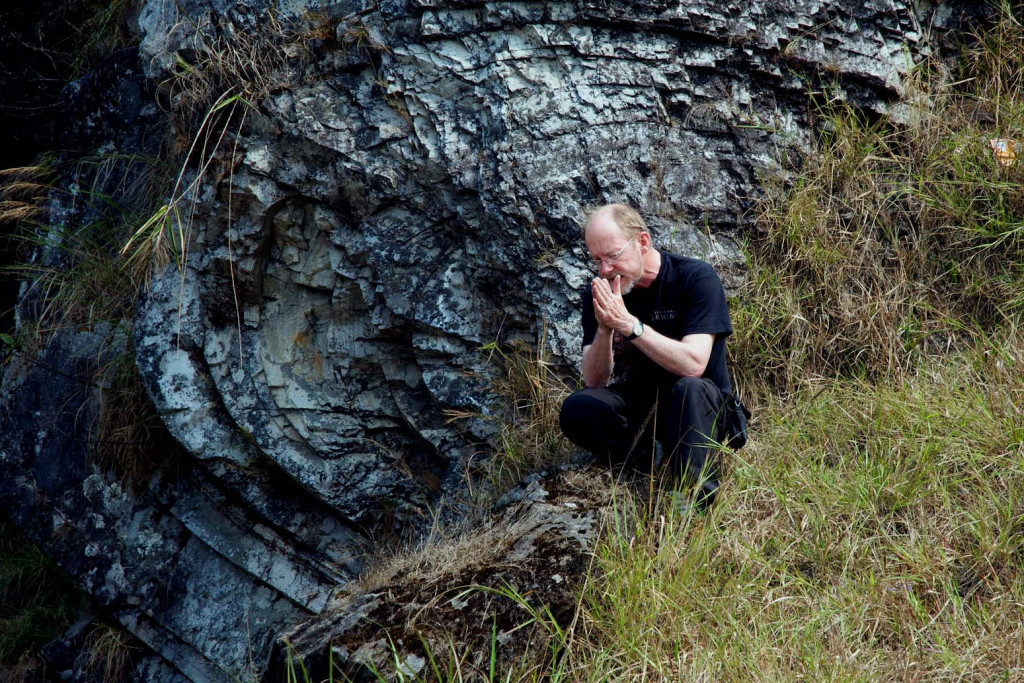
Impact and engagement
My work currently attracts citations at a rate of ~1800 pa, with an h-index of 80 (Google Scholar), 71 (Web of Science).
In recent years I have presented international seminars and led workshops on mountain building and on the Indian monsoon at institutions in India (University of Delhi, University of Kashmir, Wadia Institute of Himalayan Geology), China (China University of Geosciences Wuhan), Turkey (Istanbul Technical University), Germany (Ruhr-University Bochum), Vietnam (Vietnam Academy of Science & Technology, Hanoi University of Mining & Geology), Lithuania (Vilnius University), Estonia (Tallinn University of Technology), Cyprus (Cyprus University of Technology) and Malta (University of Malta) and at the Bulgarian Academy of Sciences (Sofia), Albanian Academy of Sciences (Tirana) and the Moldovan Academy of Sciences (Chesinau).
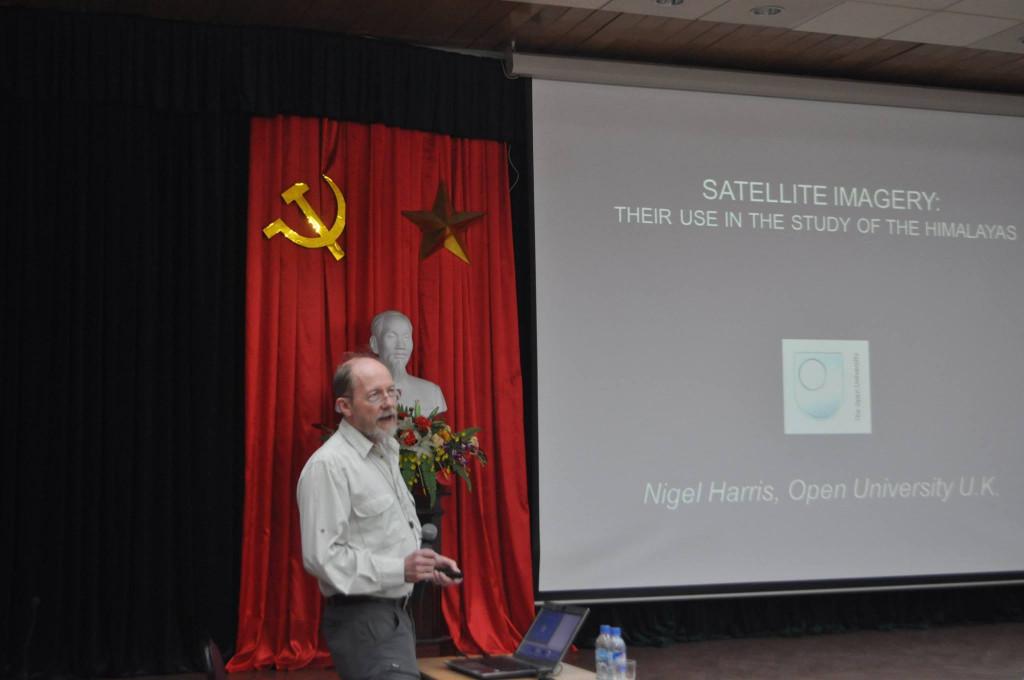
External collaborations
UK collaborations in recent years have been with Dr Ian Parkinson (University of Bristol), Prof Mark Allen (University of Durham), Dr Nick Roberts (British Geological Survey), Prof Randy Parrish (University of Portsmouth), Prof Mike Bickle (University of Cambridge) and Prof Dave Mattey (University of London).

International links
International links that enable my research include the Wadia Institute of Himalayan Geology (Prof Talat Ahmad), NODIA Institute of Geophysics, Tbilisi (Prof Shota Adamia) and China University of Geosciences, Wuhan (Prof Hongfei Zhang). I am a member of the College of Expert Reviewers for the European Science Foundation.

In November 2018 I led the Oxford-Cambridge universities alumni excursion The Making of the Himalaya: a geological traverse across Bhutan.

Projects
Developing rutile chrono-thermometry in polymetamorphic assemblages for deciphering stages of mountain belt evolution (SE-08-151-CW)
This project aims to investigate the growth of rutile in rocks of a wide range of metamorphic grade and bulk composition. Rutile is extensively used to date the peak of metamorphic evolution, yet little is known about the temperature or temperature range over which it grows and the reactions by which it forms. By combining data from the newly calibrated zirconium-in-rutile thermometr, LA-ICP-MS trace element profiles across metamorphic minerals and XRF bulk-rock data we hope to provide insight into rutile-forming reactions, identify protocols for interpreting rutile ages, and provide temperature-time data which may be used to develop, refine and assess geodynamic models of mountain-building processes.
Testing models for mountain building in the north-eastern Himalayas (SE-08-139-NH)
We (Nigel Harris, PI, and Tom Argles, Project Participant) are seeking seed funding for collaboration between geoscientists at the Open University (UK) and the Indian Institute of Technology in Kharagpur that will support a field study in the Sikkim Himalaya and an analytical programme at the OU involving microprobe studies for thermobarometric analysis and Ar-isotope studies to determine cooling ages during rock upflift. Results will assess whether the surface exposures of the Himalayan metamorphic core represent a mechanically weakened mid-crust or whether some other mechanism is needed for their being brought up from depth during collision. This will not only enhance our understanding of how the Himalayan mountains were formed but also provide essential information on the behaviour of crustal rocks at plate boundaries formed by two colliding continents.
Speleothem records of monsoon intensity: evaluating proxy fidelity via cave process monitoring in the Shillong plateau, India. (SE-08-138-NH)
The Indian monsoon provides intense summer rainfall to southern Asia and so affects the survival of many millions of people, yet the underlying causes that determine its intensity remain poorly understood. Climate modellers require a knowledge of how the distribution and intensity of the Indian summer monsoon (ISM) has varied through a range of timescales and to compare these variations with known astronomical and terrestrial cycles in order to elucidate the forcing mechanisms on monsoon evolution. The basis of our proposal is the collection and analysis of carbonate formations formed within caves (speleothems) that are situated in the core of the ISM. Annual variations in speleothem growth, like those of tree rings, provides a record of climate change. We shall analyse appropriate speleothem material and apply geochemical proxies that will provide an indication of the temperatures and intensities of the monsoon over the lifetime of the speleothem, usually thousands of years. These proxies include oxygen and carbon isotopes, which reflect climatic variations, and U-isotope analyses which determine the age of growth. This project is designed as a least risk-highest return pilot study targeted at improving quantitative climate interpretation of oxygen-isotope time series from carbonate cave formations in monsoon climate regimes. It will provide essential and, to date, virtually unknown, background information on local processes in a tropical, humid limestone system controlling the transfer of oxygen isotopes from precipitation to speleothem calcite. The timeliness of this proposal stems not only from technological developments allowing greater spatial precision on geochemical analyses but also from recently-forged collaborations with local scientists who will supervise a cave monitoring program, ensuring a regular and reliable return of high quality monitoring data. Our project will provide the first detailed study, using proven cave monitoring techniques developed in Gibraltar, of the monsoon climate capture process in the rain-soil-karst-cave tropical environment. The Shillong plateau of NE India captures the early rainout of the ISM and so is ideal for monsoon proxy development which forms the longer term objective of this work. However, a reconnaissance study is required since recovery of useable speleothem records forming under optimum climate-capture conditions can never be guaranteed. In this study we propose to carry out comprehensive monitoring of at least two cave systems (one already identified, others to be evaluated and selected during the field campaign) that will generate vital new information on tropical karst processes leading to the development of a reliable δ18O-climate transfer function, fundamental to the quantitative interpretation of speleothem climate records. Our results will enable us to assess the potential of these caves for more detailed study that would exploit them as an archive of information on monsoon variations through geological time.
CENTA 2016 intake
CENTA is a geographically and scientifically coherent consortium offering a wide range of excellent NERC science embedded in a vibrant multidisciplinary environment. The Universities (Birmingham, Leicester, Loughborough, Open and Warwick) and Institutes (British Geological Survey and Centre for Ecology and Hydrology) have a strong track record of producing PhD graduates fit for further research or other relevant employment. The Open University STEM Faculty has match-funded 3 studentships in the 2016 intake.
Publications
Journal Article
Kyanite petrogenesis in migmatites: resolving melting and metamorphic signatures (2023)
Quaternary collision-zone magmatism of the Greater Caucasus (2022)
Critical metal enrichment in crustal melts: the role of metamorphic mica (2022)
Tectonic and climatic drivers of Asian monsoon evolution (2021)
The identification and significance of pure sediment-derived granites (2017)
The geology and tectonics of central Bhutan (2016)
On discrimination between carbonate and silicate inputs to Himalayan rivers (2015)
Developing an inverted Barrovian sequence; insights from monazite petrochronology (2014)
Tectonic interleaving along the Main Central Thrust, Sikkim Himalaya (2014)
A novel palaeoaltimetry proxy based on spore and pollen wall chemistry (2012)
Crustal melting and the flow of mountains (2011)
Channel flow and the Himalayan-Tibetan orogen: a critical review (2007)
First field evidence of southward ductile flow of Asian crust beneath southern Tibet (2007)
The Elevation history of the Tibetan Plateau and its implications for the Asian monsoon (2006)
Correlation of lithotectonic units across the Eastern Himalaya, Bhutan (2006)
Li and δ7Li in Himalayan rivers: proxies for silicate weathering? (2005)
Himalayan architecture constrained by isotopic tracers from clastic sediments (2005)
The pressure–temperature–time path of migmatites from the Sikkim Himalaya (2004)
Isotope studies reveal a complete Himalayan section in the Nanga Parbat syntaxis (2003)
A granite-gabbro complex from Madagascar; constraints on melting of the lower crust (2003)
Fluxes of Sr into the headwater of the Ganges (2003)
Melt Generation and Fluid Flow in the Thermal Aureole of the Bushveld Complex (2003)
Constant elevation of southern Tibet over the past 15 million years (2003)
The Tertiary collision-related thermal history and tectonic evolution of the NW Himalaya (2002)
Fluid-enhanced melting during prograde metamorphism (2001)
From sediment to granite: timescales of anatexis in the upper crust (2000)
Metamorphic rocks of the 1985 Tibet Geotraverse, Lhasa to Golmud (1988)
Geochemical characteristics of collision zone magmatism (1986)
Trace element discrimination diagrams for the tectonic interpretation of granitic rocks (1984)
Other
Presentation / Conference
Chemical evolution of Himalayan leucogranites based on an O, U-Pb and Hf study of zircon (2015)
